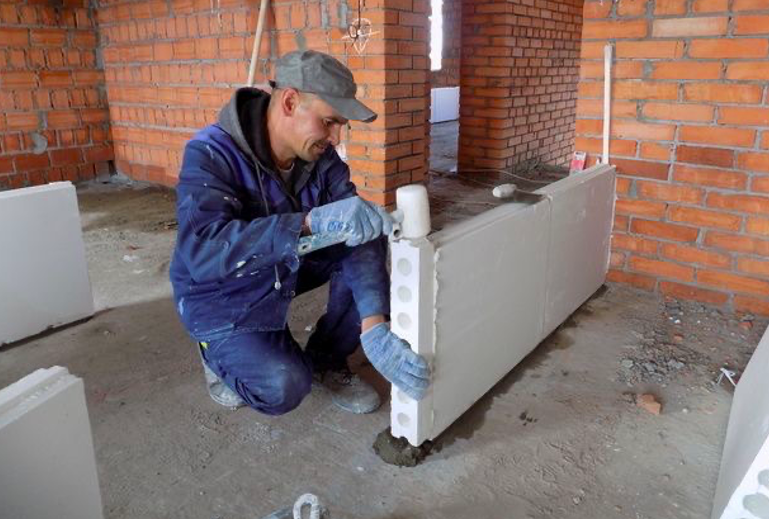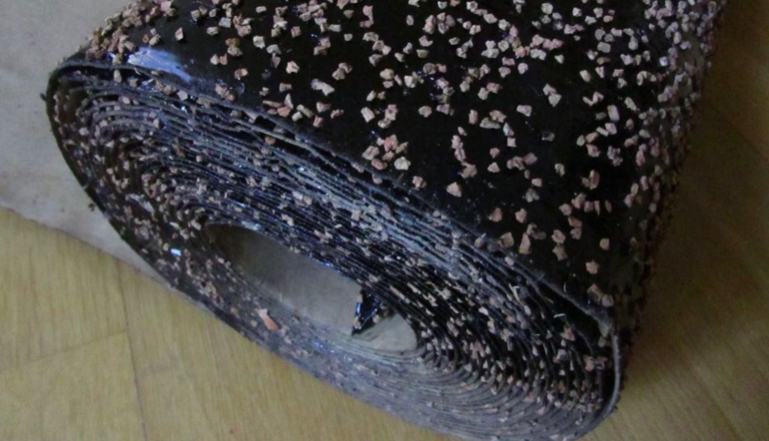The dimensions of the expanded polystyrene sheet are standard and are usually 1200 * 600 mm, i.e. 120*60 cm. Of primary importance is the thickness (height), since the properties of heat and sound insulation depend on it. About what dimensions are, and what are the differences between foam-based heaters, is described below.
The content of the article
- The difference between Styrofoam, Styrofoam and Styrofoam
-
Dimensions of expanded polystyrene (foam)
- Penoplex Comfort
- Penoplex Foundation
- For pitched roof
- Penoplex Facade
- Penoplex Wall
- Penoplex GEO
- Penoplex Roof
- Styrofoam dimensions
The difference between Styrofoam, Styrofoam and Styrofoam
When studying the dimensions of expanded polystyrene, it is necessary to understand what are its features and differences, for example, from polystyrene. All 3 materials have a similar composition and purpose - they are used as heaters, as well as for sound insulation.
At the same time, sheet foam plastic is a whole class of raw materials, which consists of organic polymers:
- polyurethane;
- PVC;
- polystyrene and others.
The composition often also contains additional components, for example, phenol-formaldehyde resins. The starting material is granules, which during processing are filled with gas under pressure at a temperature of up to 100 degrees. As a result, they significantly increase in volume, and solid sheets are obtained. The dimensions of the foam depend on the manufacturer, but as a rule, they are standard (in millimeters):
- length 500-2000;
- width 500-2000;
- thickness 10-500.
Moreover, both sheet polystyrene foam and polystyrene are produced in series, with an interval of 5 mm for thickness and 50 mm for other dimensions. This means that on sale you can find, for example, sheets 1000 mm long, 550 mm wide and 10, 15, 20 mm thick, etc.
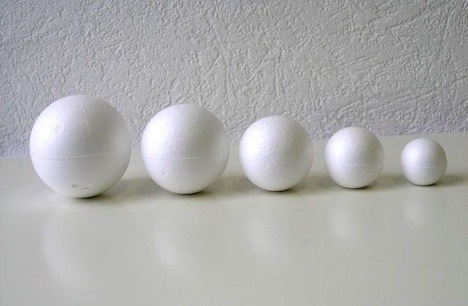
A type of polystyrene is expanded polystyrene. During production, the gas-filled granules are melted and mixed with another component for foaming under pressure. Since this process is called extrusion, the resulting material is called extruded (extrusion) expanded polystyrene (EPS). The dimensions of the EPS can be very different, for example:
- length 600 mm;
- width 1200 mm;
- thickness 20 mm.
And here other intervals are provided. If we talk about how thick the penoplex is, we can designate a range from 20 to 150 mm. The step between these values is 10-20 mm. For example, on sale you can find sheets with a thickness of 20, 30, 40 mm, etc.
As for penoplex (penoplex), this is not a separate material, but simply the trade name for expanded polystyrene. Therefore, its dimensions are exactly the same.
It is clear what polystyrene is, and what heaters are produced based on it. They differ in technology features and partly in composition, but the dimensions are approximately the same. In this case, the thickness of expanded polystyrene usually lies in the range (20-150 mm). There are also thinner sheets of 10-15 mm, but they are quite fragile. If the product is thicker than 100 mm, it is inconvenient for installation.
Dimensions of expanded polystyrene (foam)
When choosing a material, it is necessary to take into account not only its dimensions, which is especially important during construction, but also its density. 2 important parameters depend on the latter: the larger it is, the more durable the material and the better it protects from the cold. However, products that are too dense create an additional load on the structure - this must be taken into account when insulating the ceiling and roof.
The dimensions of extruded polystyrene foam depend on the manufacturer, as well as on the purpose of the material. For wall and floor insulation, as a rule, standard products are produced 600 mm long and 1200 mm wide, while the thickness can vary greatly (20-150 mm). The most dimensional sheets are produced for roof finishing - their length and thickness are exactly the same, and the width can reach 2400 mm, i.e. 240 cm.
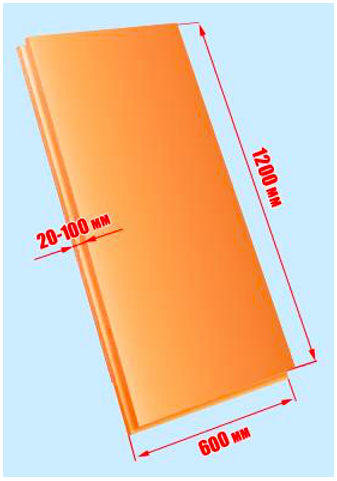
Penoplex Comfort
The material is often used for finishing apartments and private houses. Its density is in the range of 25-35 kg per cubic meter. The dimensions of this type of extruded polystyrene sheet are as follows:
- length 600 mm;
- width 1200 mm;
- thickness from 20 to 150 mm.
Penoplex Foundation
This is a fairly durable material that is suitable for insulating foundations and basements. Its density is 29-33 kg per cubic meter. The dimensions of the sheet of extruded polystyrene foam Foundation are as follows:
- length 600 mm;
- width 1200 mm;
- thickness from 20 to 150 mm.
For pitched roof
They also produce a special material for finishing the roof of a pitched structure. Its density varies from 26 to 34 kg per cubic meter. If we talk about what is the thickness of the foam, then it is standard - 20-150 mm. Moreover, the parameter of specific products is as follows:
- 20 mm;
- 30 mm;
- 40 mm;
- 50 mm;
- 60 mm;
- 80 mm;
- 100 mm;
- 120 mm;
- 150 mm.
As for the basic dimensions of the XPS sheet, the standard length is 600 mm, and there are 2 types of width: 1200 mm and 2400 mm. This is not always convenient for installation, but it allows you to immediately cover a large area and speeds up the process.
Penoplex Facade
The size of this type of polystyrene:
- length 600 mm;
- width 1200 mm;
- thickness 20-150 mm.
Density in the range of 25-32 kg per cubic meter. A feature of this material is a rough surface, with which plaster and painting compounds adhere well.
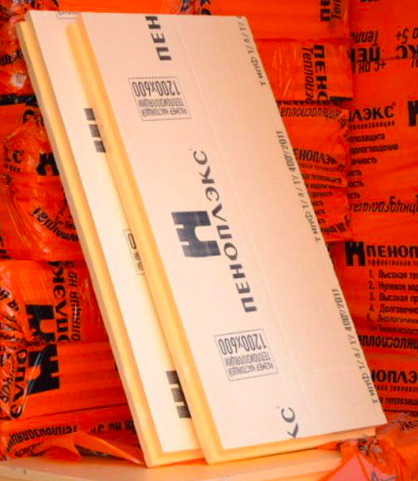
Penoplex Wall
As you can see, the dimensions of the foam sheet and foam are approximately the same, but differ in density. In the case of foam, it can be from 7 to 25 kg / m3, and, for example, the density of Sten foam is in the range of 25-35 kg per cubic meter. Moreover, the dimensions of polystyrene for insulation are as follows:
- length 600 mm;
- width 1200 mm;
- thickness 20-150 mm.
Penoplex GEO
This material is characterized by increased strength, has a density of 29 to 33 kg per cubic meter. It is mainly used for finishing structures located at a depth and experiencing a constant load, for example, for a foundation. Standard dimensions:
- length 600 mm;
- width 1200 mm;
- thickness 20-150 mm.
Penoplex Roof
Another type of roof insulation. The sheets have special grooves and are conveniently inserted into each other, which ensures maximum fit. The dimensions are as follows:
- length 600 mm;
- width 1200 mm;
- thickness 20-150 mm.
Styrofoam dimensions
The dimensions of this material are standard - the length and thickness can be as follows:
- 500*500mm;
- 500*1000mm;
- 1000*1000mm;
- 2000*1000 mm.

The thickness of the foam varies in the range of 20-100 mm, i.e. from 2 to 10 cm. Depending on this, appropriate designations are used in practice, for example:
- foam size 50 mm - this is foam 50 (similar to the size of polystyrene foam 50);
- thickness 10 mm - polystyrene 10 (similar to polystyrene foam 10 mm thick);
- thickness 30 mm - foam 30.
There is also a thin foam with a thickness of only 10-15 mm. These are fragile sheets that are of limited use. As a rule, they are used only in narrow places, for example, for finishing the ceiling, when it is required to maintain its height to the maximum without “eating up” excess space.
Thus, the dimensions of the products are standard - basically the thickness differs. For example, there is a size of polystyrene foam 50 mm, 100 mm and even 150 mm. It is clear that the larger it is, the better the thermal insulation properties. But it is better to choose the golden mean to facilitate the installation process - the optimal range is from 50 to 100 mm.

